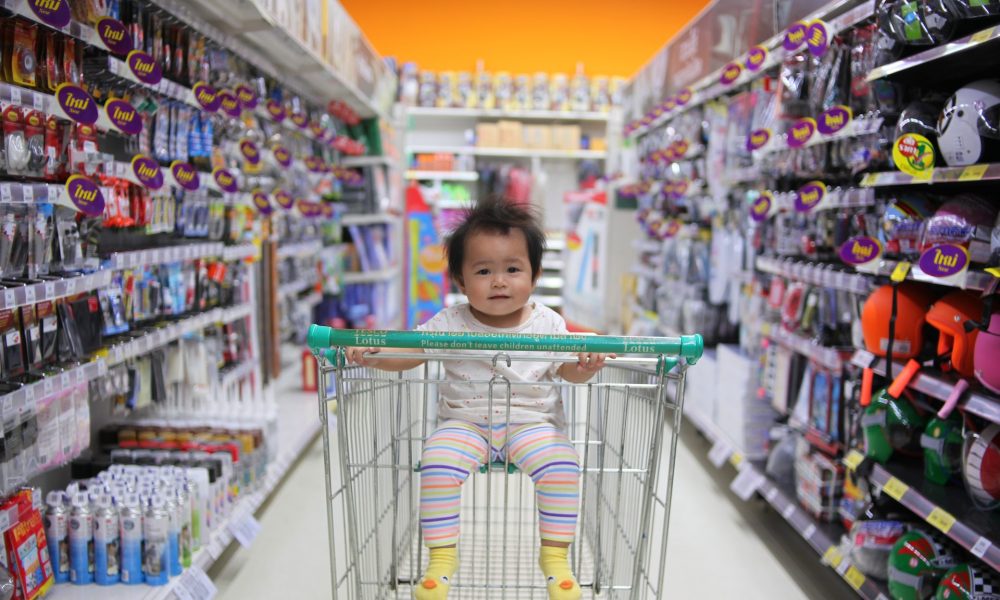
The Future of Fashion: Factors Shaping the Fashion Business

The fashion industry, a vibrant and ever-evolving sector, is standing at the threshold of a new era. As we approach a new year, several key factors are poised to redefine the landscape of this glittering world.
Today, we will dive into the trends and changes that experts predict will shape the fashion industry in the coming year.
Generative AI’s Creative Crossroads
In the coming years, the fashion industry is expected to hit a creative crossroads with the advent of generative AI (Gen AI). This cutting-edge technology is not just a buzzword–it is a game changer. A whopping 73% of fashion executives believe that Gen AI will be a priority for their companies next year. However, there is a catch: Only 5% feel they have the capabilities to fully leverage it.

Borko / Pexels / More than ever before, fashion brands will integrate Generative AI into their stores.
This gap signifies a massive opportunity for brands to explore how AI can augment human creativity. Imagine AI algorithms designing intricate patterns or suggesting unique color palettes, all while working in tandem with human designers. The potential is immense, but it requires a strategic blend of technological adoption and creative prowess.
Fast Fashion’s Power Plays
The fast-fashion sector, known for its quick production and turnaround, is gearing up for intense competition in the coming year. Success in this arena will hinge on two critical factors: Adapting to customer tastes and navigating new sustainability-related regulations.
Brands will need to be more agile than ever, quickly responding to consumer preferences while balancing the increasing demands for sustainable practices. This delicate dance will test the resilience and adaptability of fast-fashion giants and could lead to innovative business models and production strategies.

Andrea / Pexels / ‘Brand mania’ will be the new normal in the future, industry experts suggest.
All Eyes on Brand
Branding is set to take center stage next year, with 71% of fashion executives planning to ramp up their brand marketing spend. This shift indicates a growing recognition of the power of a strong brand identity in an increasingly crowded market.
The emphasis will be on storytelling, authenticity, and creating a connection with consumers. Brands that can effectively communicate their values and ethos while resonating with their target audience will likely emerge as frontrunners.
Sustainability: The Inescapable Imperative
Sustainability is no longer a choice; it is an imperative. An overwhelming 87% of fashion executives expect sustainability regulations to impact their businesses significantly next year. This forecast suggests a seismic shift in how the industry operates.
Companies will need to rethink their business models, sourcing practices, and even their product lines to comply with the regulatory changes. The focus will be on reducing environmental impact, which could spur innovation in materials, production processes, and even the lifecycle of fashion products.
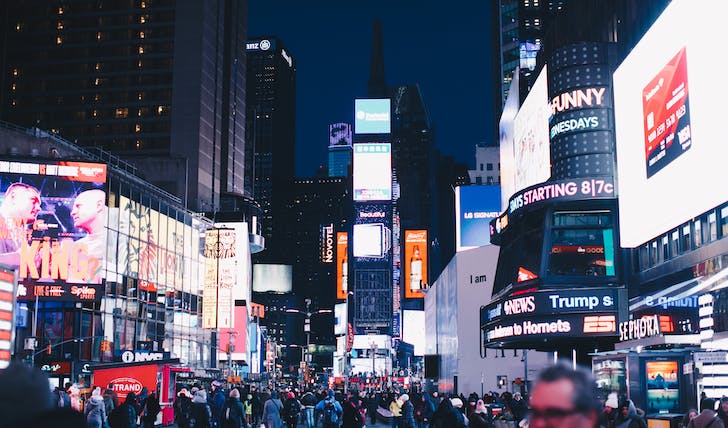
Jimmy / Pexels / According to experts, fashion brands will make a strategic partnership with manufacturers.
Supply Chain: The Need for Strategic Partnerships
The supply chain, often the backbone of the fashion industry, is anticipated to face demand volatility over the next five years. This uncertainty underscores the importance of strong, strategic partnerships with manufacturers.
Brands will need to bolster their relationships with suppliers to mitigate supply chain volatility. This approach may involve more collaborative planning, shared risk management, and a move towards more transparent and ethical supply practices.
So, such partnerships could be key in ensuring a steady flow of products, even in turbulent times.
More in Business
-
`
The Unique Tradition of the SAG Awards: No Hosts!
The Screen Actors Guild (SAG) Awards, a prestigious event in the entertainment industry, has a unique tradition that sets it apart...
March 9, 2024 -
`
Essential 2024 Startup Know-How for Women | Beginning Your Business Journey
Forget the tired trope of the lone wolf entrepreneur. Today, women are shattering glass ceilings and redefining what it means to...
February 27, 2024 -
`
Microsoft and OpenAI Sound Alarm Over AI Hacking
A recent joint study by Microsoft and OpenAI raises concerns as it unveils attempts by state-backed hacker groups to exploit AI...
February 25, 2024 -
`
Invest with Confidence: Identifying 5 Key Company Traits for Success
When investing hard-earned money in stocks, we all want the reassurance that comes from placing bets on reliable horses. But how...
February 15, 2024 -
`
Roger O’Donnell’s Heartfelt Message to Morrissey Amidst ‘Medical Supervision’
When news broke that Morrissey, the iconic frontman of The Smiths, was placed under “medical supervision for physical exhaustion,” the music...
February 10, 2024 -
`
Six Flags and Cedar Fair Merger: A Thrilling Venture Under DOJ Scrutiny
Picture this: two giants of the amusement park world, Six Flags Entertainment and Cedar Fair, coming together in a colossal merger,...
February 3, 2024 -
`
A Peek Inside NASA’s Latest Supersonic Aircraft, the X-59
In the annals of aviation, breaking the sound barrier has always been a loud affair. But NASA, in partnership with Lockheed...
January 22, 2024 -
`
The Easiest Personal Loans to Secure Your Financial Freedom in 2024
Embarking on a journey toward financial stability often requires a helping hand, and personal loans emerge as versatile allies in this...
January 21, 2024 -
`
Emily Atack Baby Joy: A Peek into Her Life with Boyfriend Dr. Alistair Garner
New beginnings and a tiny miracle: The year 2024 has kicked off with a beautiful surprise for fans of Emily Atack,...
January 10, 2024

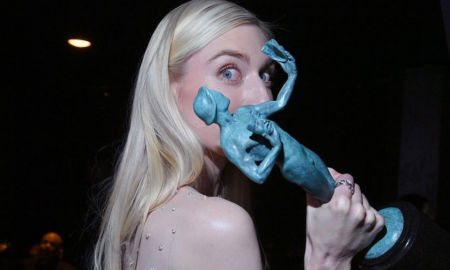


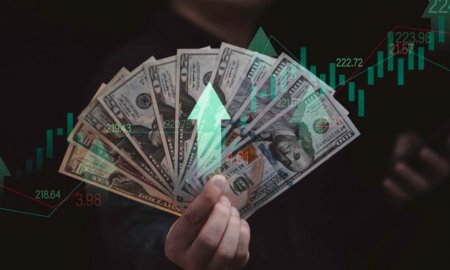






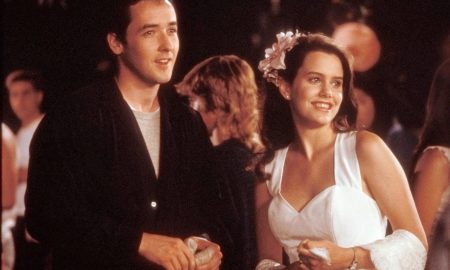


You must be logged in to post a comment Login